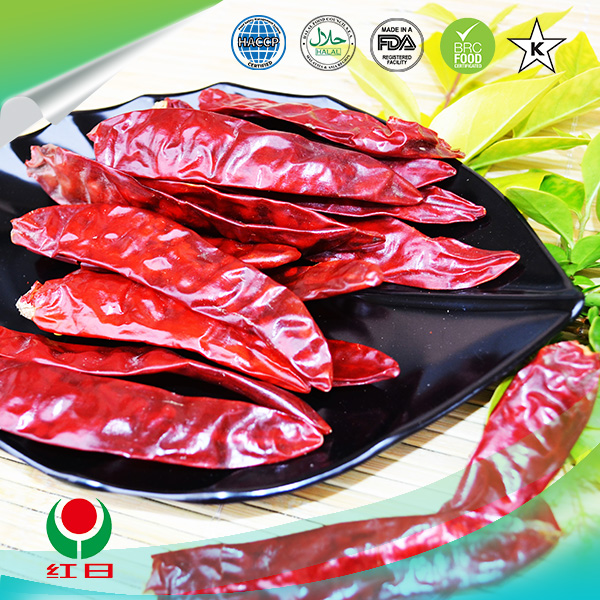- No. 268 Xianghe Street, Economic Development Zone of Xingtai city, Hebei 054001 China
- Byron@hbhongri.cn
Exploring the Culinary Benefits and Versatile Uses of Paprika Powder
The Culinary and Health Benefits of Paprika Powder
Paprika, a vibrant red spice made from dried and ground peppers, is more than just a colorful addition to dishes; it is a versatile ingredient that offers a range of culinary and health benefits. Originating from Central America and brought to Europe in the 16th century, paprika has since become a staple in various cuisines around the world, particularly in Hungary, Spain, and India. This article explores the diverse uses of paprika powder and its numerous health advantages.
Culinary Uses of Paprika Powder
Paprika powder comes in various types, from sweet and mild to hot and smoky, allowing it to be utilized in an array of dishes. One of its most common uses is as a seasoning for meats. When applied generously to chicken, beef, or pork, paprika not only adds flavor but also gives the dish a rich, appealing color. It can be blended with other spices to create dry rubs, marinades, or spice blends that enhance grilled or roasted meats.
In addition to meat dishes, paprika powder is a key ingredient in many soups and stews. It can be found in traditional recipes like Hungarian goulash and Spanish pisto, where it lends depth and warmth to the dish. For those who love to experiment in the kitchen, paprika can also be used in sauces, dips, and dressings. A sprinkle of paprika can elevate the taste of hummus, enhance the richness of tomato sauce, or add a flavorful twist to salad dressings.
Paprika is also an essential component in various rice and grain dishes. For instance, Spanish paella and creamy risottos benefit from the unique flavor profile that paprika brings, adding both color and a subtle smokiness that rounds out the overall taste. Furthermore, it can be incorporated into vegetable dishes, lending a delightful warmth that complements the natural sweetness of peppers, carrots, and potatoes.
Health Benefits of Paprika Powder
use of paprika powder

Beyond its culinary versatility, paprika powder is rich in nutrients and health-promoting compounds. One of the most significant benefits is its high antioxidant content. Paprika contains carotenoids, particularly beta-carotene, which the body converts into vitamin A. Antioxidants combat free radicals, reducing oxidative stress and inflammation, and supporting overall health.
Additionally, paprika is known for its potential anti-inflammatory properties. The capsaicin in chili peppers, present in some varieties of paprika, is linked to pain relief and reduced inflammation. Regular consumption may help alleviate symptoms for individuals dealing with inflammatory conditions like arthritis.
Paprika also supports digestive health. It can stimulate the production of digestive enzymes and promote better digestion when included in meals. Its inclusion in a balanced diet can lead to improved gut health, which is vital for overall wellness.
Moreover, paprika is low in calories while providing essential nutrients, making it an ideal spice choice for those looking to enhance flavor without significantly increasing caloric intake. It contains vitamins A, E, and several B vitamins, which play crucial roles in maintaining energy levels and supporting metabolism.
Conclusion
In conclusion, paprika powder is a remarkable spice with a plethora of culinary applications and health benefits. From enhancing the flavor of meats and vegetables to providing vital nutrients and antioxidants, paprika is a valuable addition to any pantry. Whether used to create traditional dishes like goulash or to add a pop of color to simple salads, its versatility makes it an essential ingredient in kitchens worldwide. As we explore the vibrant world of spices, incorporating paprika into our diets not only enriches our meals but also contributes positively to our health, making it a spice worth celebrating. So next time you reach for that trusty jar of paprika, remember its far-reaching potential – both on your plate and for your well-being.
-
Unlock the Power of Capsicum Frutescens Fruit Extract – A Flavorful Boost for Your Products!NewsJul.22,2025
-
The Vibrant World of Powder Paprika – Unlock Flavor and Color in Your DishesNewsJul.22,2025
-
The Golden Power of Turmeric Root Powder – A Superfood for Every Kitchen!NewsJul.22,2025
-
Ignite Your Dishes with Crushed Red Chilli – A Spicy Delight Awaits!NewsJul.22,2025
-
Explore the Golden Benefits of Turmeric Powder – A Superfood for Every Kitchen!NewsJul.22,2025
-
Discover the Richness of Paprika Food – A Flavorful Journey Awaits!NewsJul.22,2025







